Feliz noche de jueves, ya estableciendo horarios para volver a escribir para Hive.
Los trastornos del aprendizaje lo constituyen una variedad de alteraciones que emiten sus primeras señales antes de que el niño comience la educación formal, la escuela; aunque anterior a los cinco años se construyen y fortalecen una serie de esquemas cognitivos que serán los responsables de sentar las bases primarias para un aprendizaje cada vez más complejo, sabemos que observamos conductas que nos interrogan.
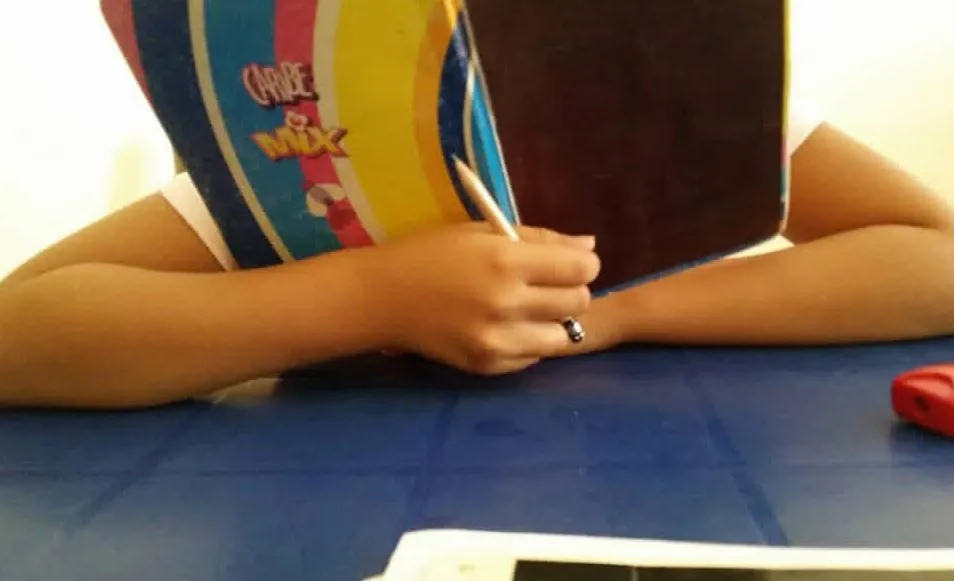
Los años de trabajo como docente de dificultades para el aprendizaje, me han brindado la oportunidad de poder observar algunas alertas que me permiten anticipar futuras dificultades. Por ejemplo, para que los procesos de lectura y escritura se consoliden en forma eficiente, son necesarias competencias de orden fonéticas y fonológicas, así como otros procesos superiores, como atención sostenida, memoria y comprensión del lenguaje; sin embargo, hay niños que presentan importantes interferencias en estos aspectos.
El tema de las manifestaciones tempranas de posibles problemas de aprendizaje lo planteo continuamente a los padres, que se muestran la mayoría de las veces incrédulos ante tales observaciones, porque ellos en su mayoría desconocen las graves implicaciones en el desarrollo infantil.

Parte de un material que estaba preparando para una actividad de corte fonético.
Recuerda…
En el niño pequeño no se pueden señalar trastornos del aprendizaje, los mismos se pueden diagnosticar hacia la segunda etapa de educación primaria e inclusive mucho después, ya que algunos niños revelan su problema propiamente cuando las demandas educativas exceden sus limitadas capacidades.
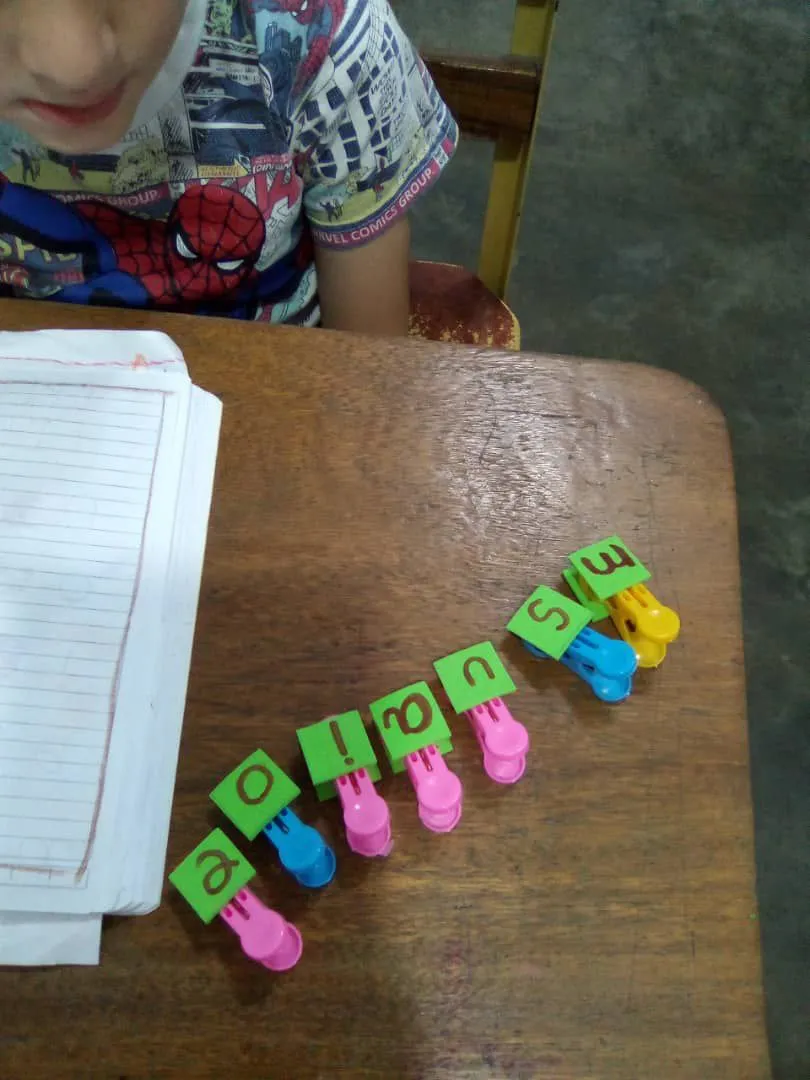
Con esta actividad estoy mediando combinaciones de grafemas para formar palabras sencillas.
Ahora…
A continuación te voy a enumerar algunas de estas conductas. Si las observas en tus propios hijos, hijos de familiares o de amigos, puedas hacer la advertencia, ¿sobre qué?, que el proceso educativo debe ser monitoreado cuidadosamente y fortalecido en estos aspectos que te voy a indicar.
-Poca atención sostenida sobre las actividades, sobre todo si el niño las abandona antes de terminarlas.
-No le gusta copiar/dibujar/colorear, se cansa, le aburre, le duele la mano, agarre inadecuado del lápiz y/u otros instrumentos de escritura.
-Problema con la pronunciación de las palabras (lenguaje).
-Problemas de relación con sus pares (comunicación y socialización)
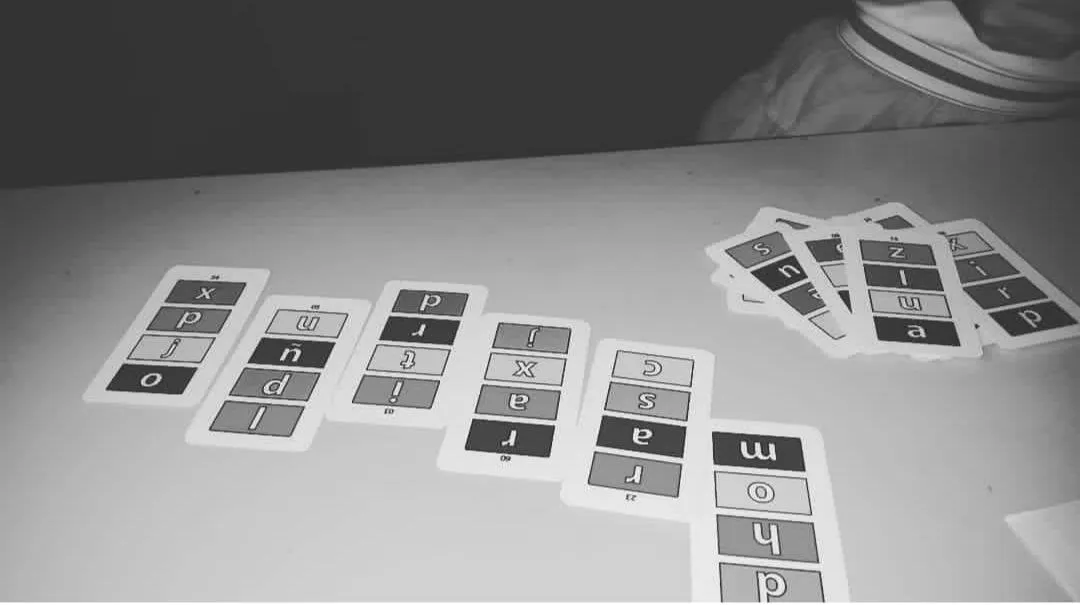
Scrabble, juego ideal para ordenar y relacionar sonidos.
-Le es difícil identificar las rimas, aprender canciones, en general, las actividades y/o los juegos fonológicos, como asociar las letras a su sonido, identificar un sonido en específico dentro de la palabra.
-Le cuesta reconocer y/o escribir vocales, su nombre.
-Juega con muchos materiales, pero no prolonga la experiencia con ninguno y/o no elabora el juego.
Se levanta continuamente o está muy intranquilo en el asiento.
Cuando conversas o hablas, inclusive si lo haces en forma directa, no te escucha o parece que no lo hace, te habla o responde con cosas diferentes. Descontextualiza los intercambios comunicativos.
Estas son algunos de los aspectos más reiterados que he observado en la población infantil y que derivaron posteriormente en trastornos de aprendizaje o en dificultades importantes que ocasionaron retardo pedagógico y atraso escolar.
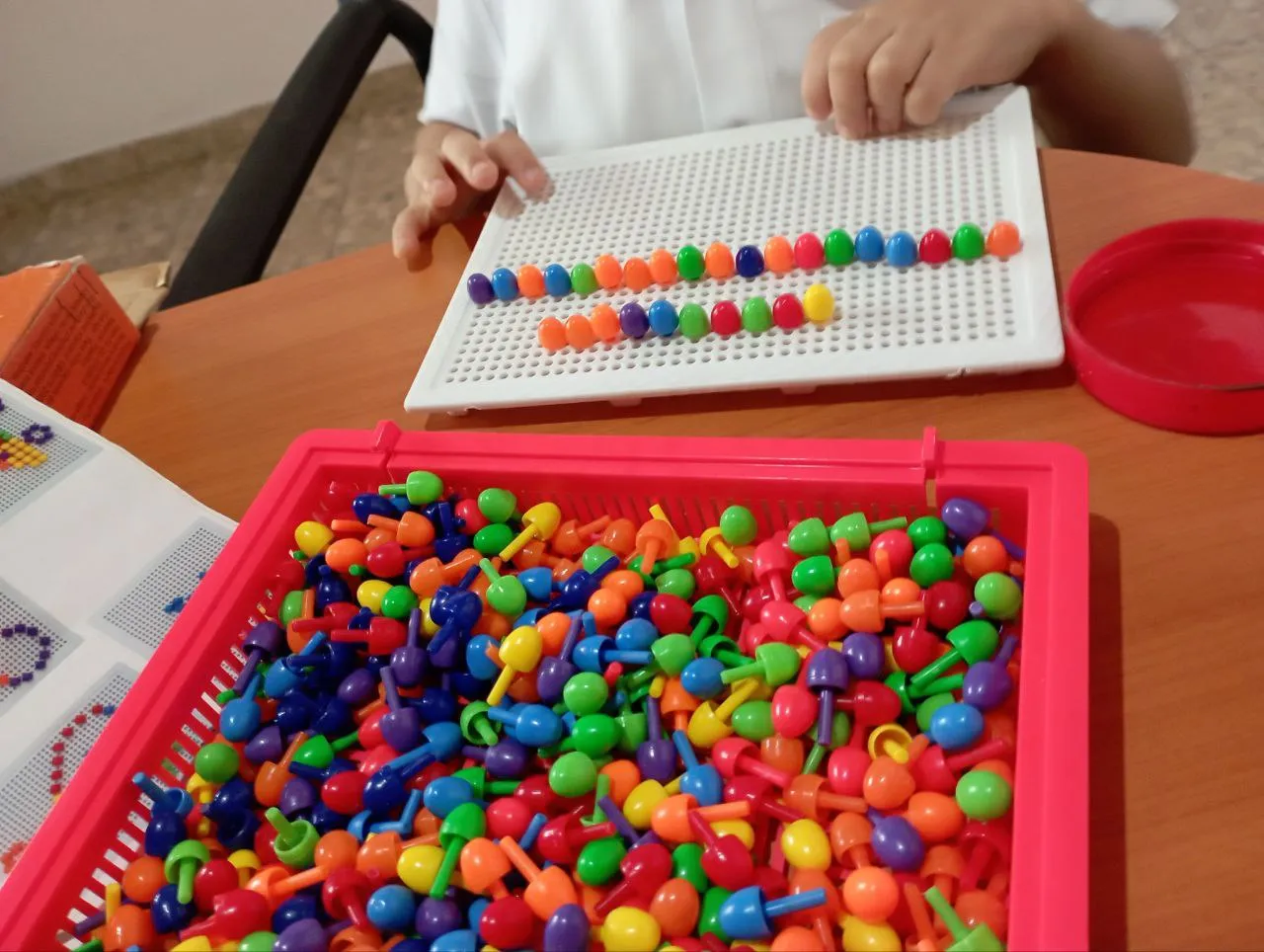
Construyendo sentido numérico. Aquí trabajamos nociones de numerosidad.
Espero que hayas puesto atención y si entendiste lo que te acabo de decir, espero que lo concientices y lo compartas con otras personas que creas que les haga falta.
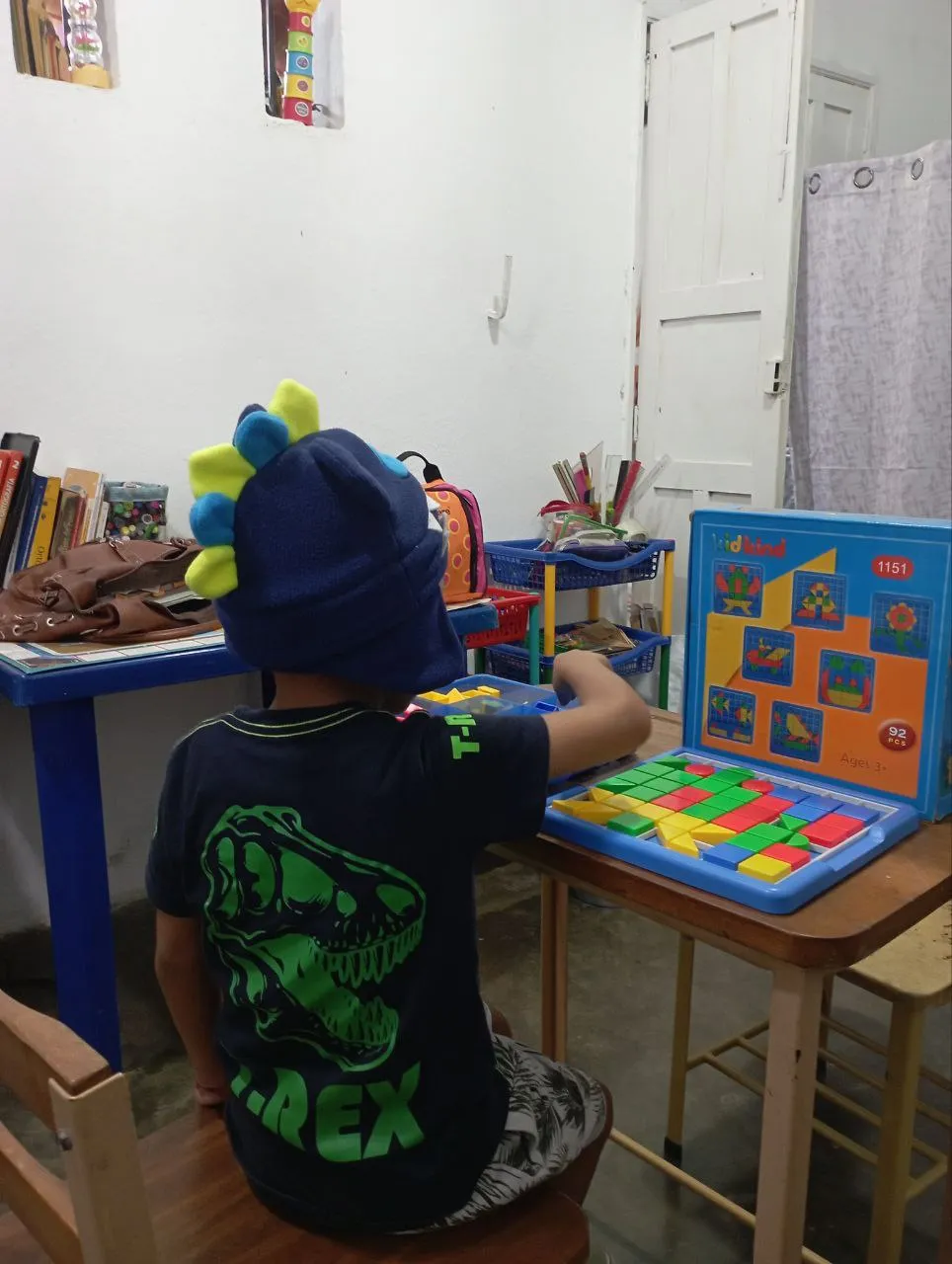
Este es S. está haciendo una figura (percepción, atención, posición en el espacio.
Bueno, este ha sido mi primer post después de una prolongada ausencia, espero continuar retomando la rutina de escribir. Nos estamos encontrando entre líneas. Gracias por tu visita, tu lectura y será hasta una próxima oportunidad.
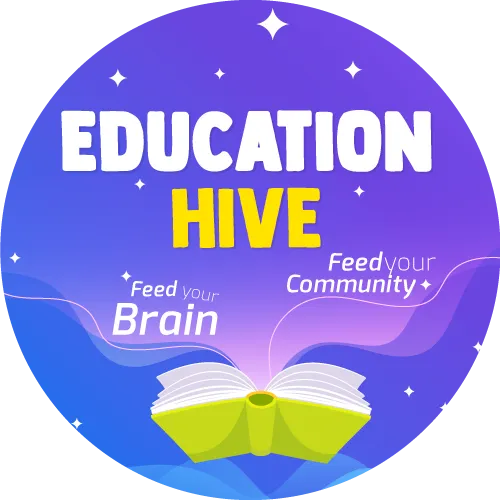
¡Y recuerda que la educación transforma vidas!

Todas las fotos las tomé con mi teléfono Xiaomi 10 y forman parte de mi archivo personal de trabajo.
Ahora voy a traducir al inglés utilizando el traductor de Google.
Happy Thursday night, already setting times to get back to writing for Hive.
Learning disorders are a variety of disorders that emit their first signs before the child begins formal education, school; Although before the age of five, a series of cognitive schemes are built and strengthened that will be responsible for laying the primary foundations for increasingly complex learning, we know that we observe behaviors that question us.

Years of work as a learning difficulties teacher have given me the opportunity to observe some alerts that allow me to anticipate future difficulties. For example, for the reading and writing processes to be consolidated efficiently, phonetic and phonological order skills are necessary, as well as other higher processes, such as sustained attention, memory, and language comprehension; however, there are children who show significant interference in these aspects.
I continually raise the issue of early manifestations of possible learning problems with parents, who are most of the time incredulous at such observations, because most of them are unaware of the serious implications for child development.

Part of a material that I was preparing for a phonetic cutting activity.
Remember…
In young children, learning disorders cannot be identified, they can be diagnosed towards the second stage of primary education and even much later, since some children reveal their problem when educational demands exceed their limited capacities.

With this activity I am measuring combinations of graphemes to form simple words.
Now…
Below I will list some of these behaviors. If you observe them in your own children, children of relatives or friends, you can give the warning, about what?, that the educational process must be carefully monitored and strengthened in these aspects that I am going to indicate.
-Little sustained attention to activities, especially if the child abandons them before finishing them.
-He does not like to copy/draw/color, he gets tired, bored, his hand hurts, inadequate grip on the pencil and/or other writing instruments.
-Problem with the pronunciation of words (language).
-Relationship problems with peers (communication and socialization)

Scrabble, the ideal game for ordering and relating sounds.
-It is difficult for him to identify rhymes, learn songs, in general, activities and/or phonological games, such as associating letters with their sounds, identifying a specific sound within the word.
-It is difficult for him to recognize and/or write vowels, his name.
-Plays with many materials, but does not prolong the experience with any and/or does not make the game.
Gets up continuously or is very restless in the seat.
When you converse or speak, even if you do it directly, he doesn't listen to you or doesn't seem to, he talks to you or responds with different things. Decontextualizes communicative exchanges.
These are some of the most repeated aspects that I have observed in the child population and that subsequently led to learning disorders or significant difficulties that caused pedagogical retardation and scholastic delay.

Building number sense. Here we work on notions of numerosity.
I hope you have paid attention and if you understood what I just told you, I hope you raise awareness and share it with other people that you think they need.

This is S. he is making a figure (perception, attention, position in space.
Well, this has been my first post after a long absence, I hope to continue resuming the routine of writing. We are meeting between the lines. Thank you for your visit, your reading and it will be until a next opportunity.

And remember that education transforms lives!
